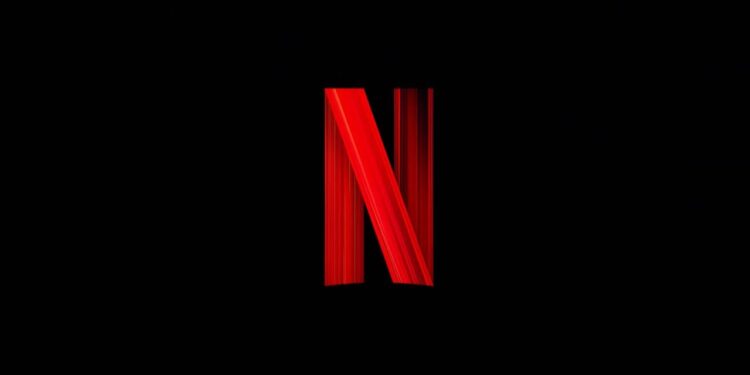As technology advances, the shifting sands of software compatibility can leave some devices behind. Recently, Netflix announced a significant update that iPhone and iPad users need to be aware of—especially those holding on to older models. The change may not only influence how consumers interact with their favorite streaming service but also how they perceive technological progression in a rapidly evolving market.
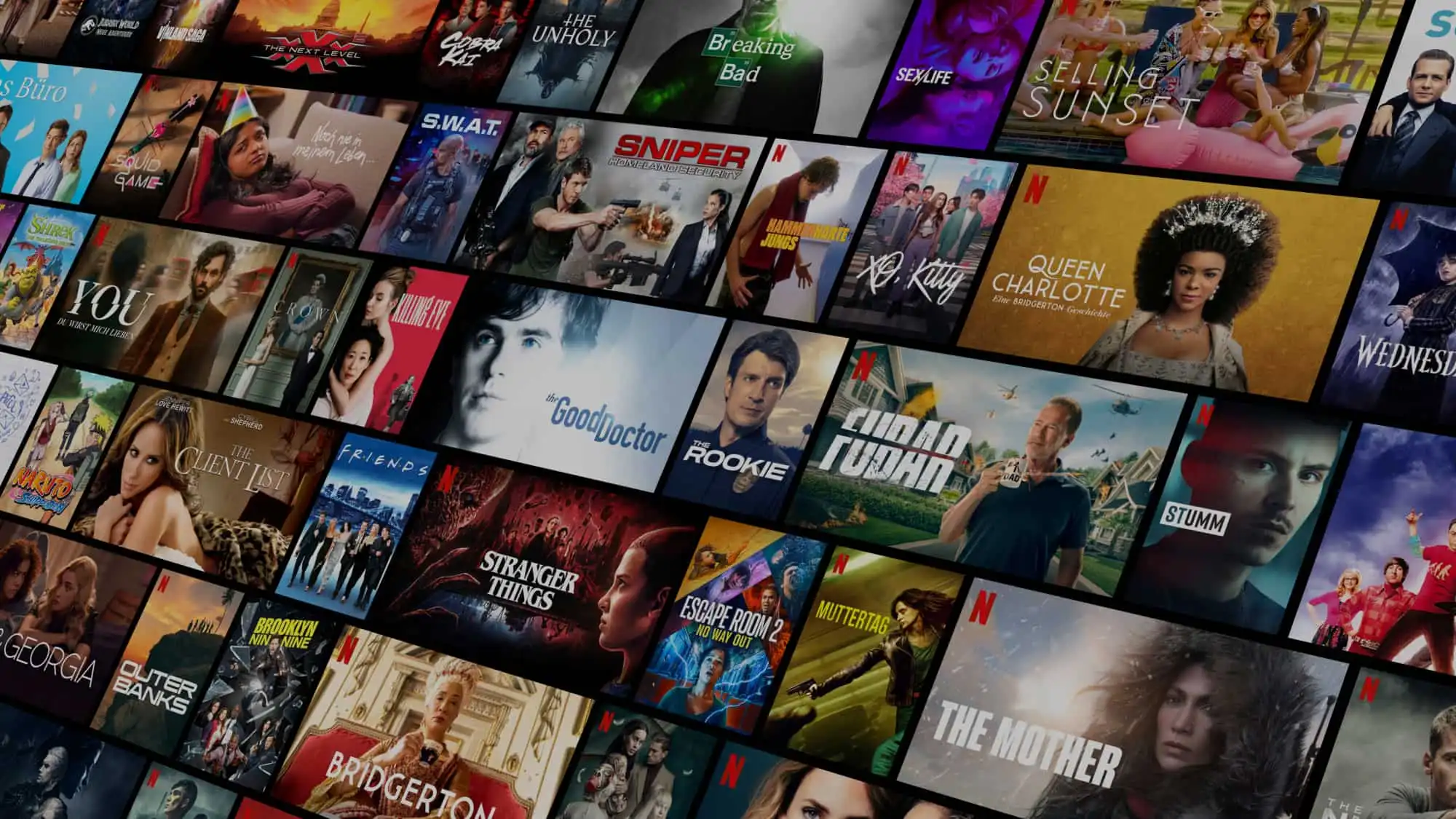
A Shift in Support: Netflix’s Latest Update
Netflix, the leading streaming service with a vast catalog of movies and TV shows, has confirmed that its app will no longer receive updates on devices running older versions of iOS. This update necessitates Apple devices to operate on iOS 17 or later to enjoy the latest features and security improvements offered by the Netflix app.
Jess Weatherbed, a seasoned news writer with insights into the creative industries and computing, has shared that this change affects users who have devices stuck on iOS 16, including popular models like the iPhone X and iPad 5. Although these devices can still stream Netflix content, the absence of new updates may raise concerns about security patches and feature enhancements.
What This Means for Users
For users still operating on iOS 16, the implications are mixed. While they can continue to access Netflix and stream content using the current version of the app, they won’t benefit from future updates that could include new features, user interface improvements, or critical security updates unless deemed necessary by Netflix.
MoMo Zhou, a spokesperson for Netflix, reassures users that while regular updates will cease, critical fixes may still be provided as needed. This ensures that even older devices can offer a secure viewing experience, albeit without the enhancements newer software versions might bring.
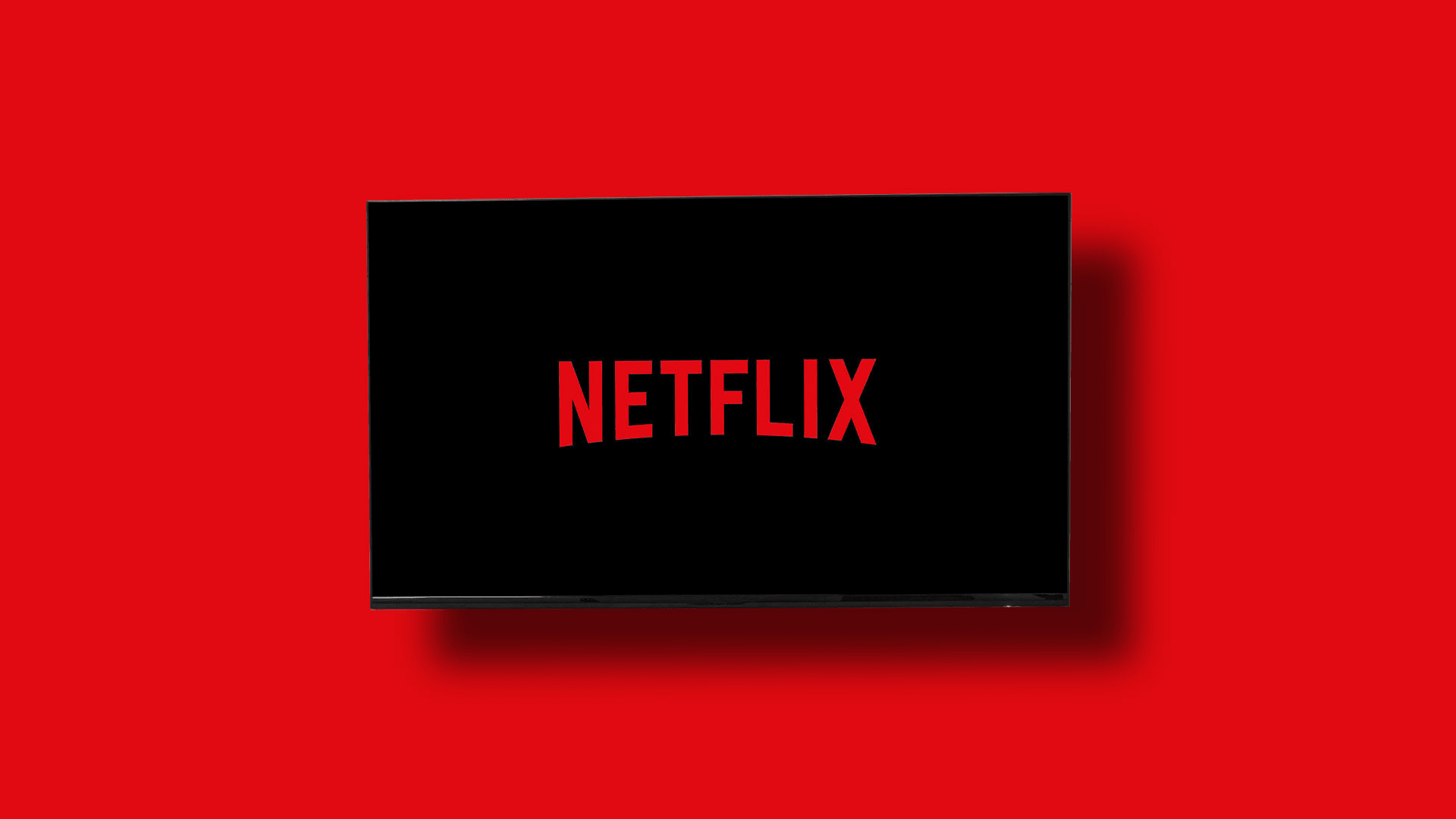
The Broader Impact of Tech Obsolescence
The cessation of updates for older iOS versions by Netflix highlights a broader issue in the tech industry: obsolescence. As new software and hardware roll out at a brisk pace, older technology quickly becomes outdated, sometimes forcing users to upgrade if they want to keep using their favorite services without hitches.
Apple itself is on the verge of releasing iOS 18, pushing the envelope further for software capabilities and perhaps, indirectly nudging users of older devices towards newer models. This cycle of tech refresh, while beneficial in terms of innovation and security, also poses challenges and costs for consumers.
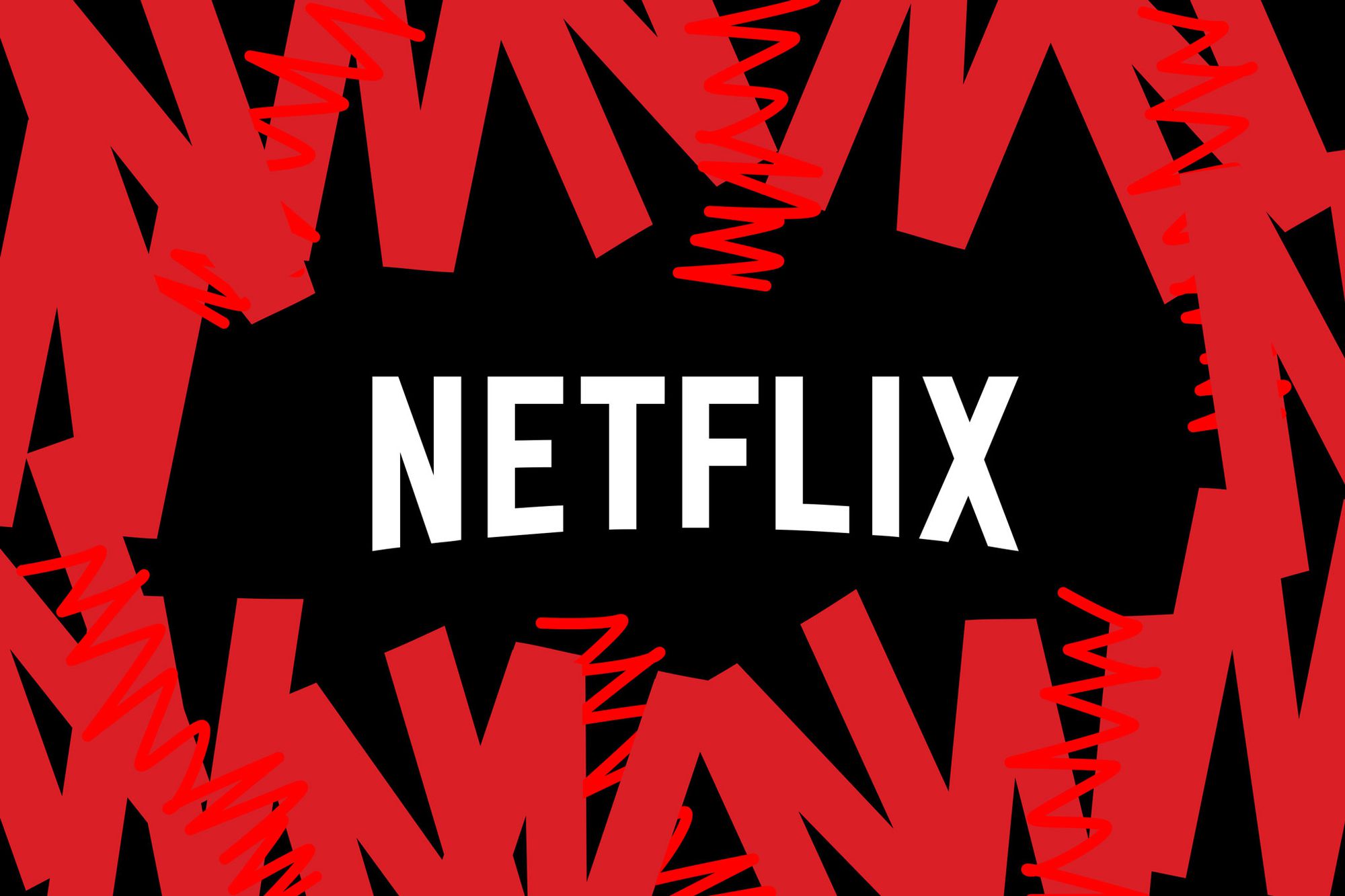
Navigating the Change
For those impacted by the update, there are a few pathways to consider:
- Upgrade your device: This is the most straightforward solution but also the most costly. Investing in a new iPhone or iPad will ensure compatibility with the latest apps and security updates.
- Use a web browser: For users not ready to upgrade, accessing Netflix via a web browser can be an alternative, though this might not offer as seamless an experience as an app.
- Stay informed: Keeping abreast of what functionalities will continue to be supported on your current device can help manage expectations and plan for any necessary changes.
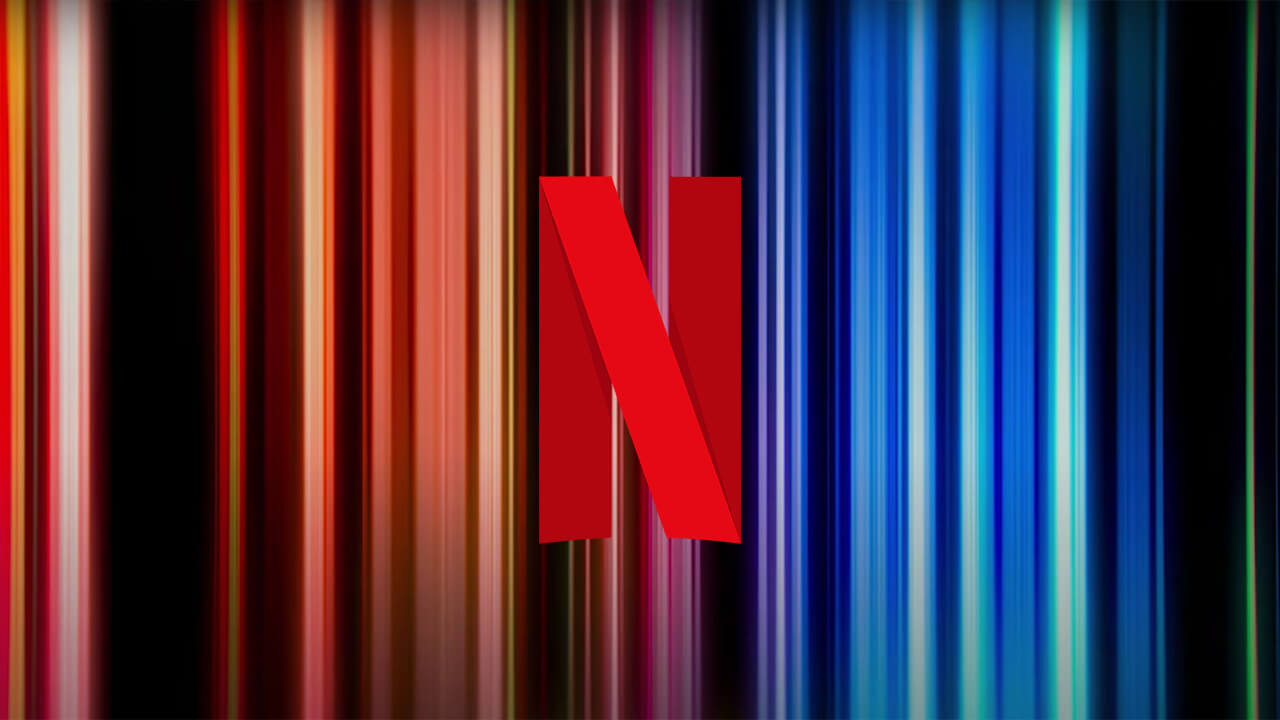
Netflix’s decision to stop updating its app on older iPhones and iPads is a reminder of the relentless pace of technology. While this may inconvenience some, it also underscores the importance of staying current in an era where digital security and functionality are paramount. As we continue to navigate through the layers of tech evolution, staying informed and adaptable is more crucial than ever.
This change is more than just a software update—it’s a signal of the times in technology where staying updated is not just about having the latest but also about ensuring continuity and security in the digital spaces we inhabit every day.

